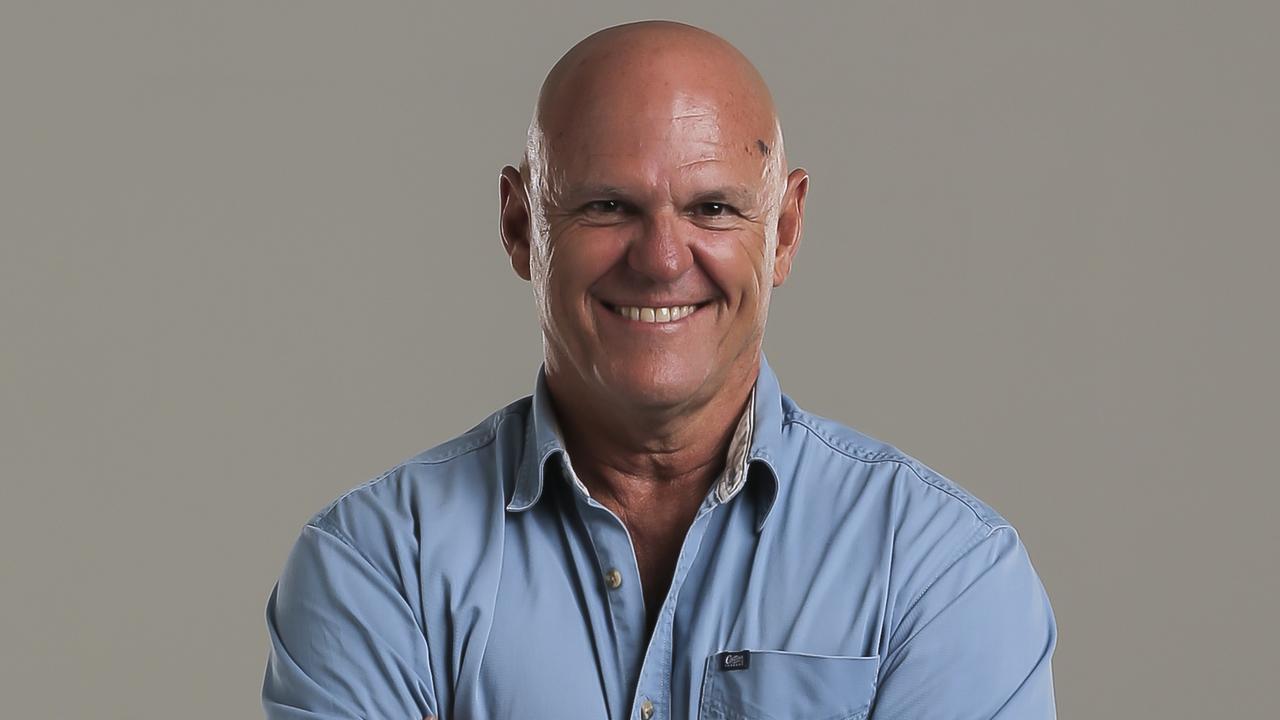Way We Were: Jack the Ripper could be buried in Brisbane
THE relatives of a convicted killer and conman buried in a Brisbane cemetery suspect he was Jack the Ripper, from the fog-shrouded streets of London.
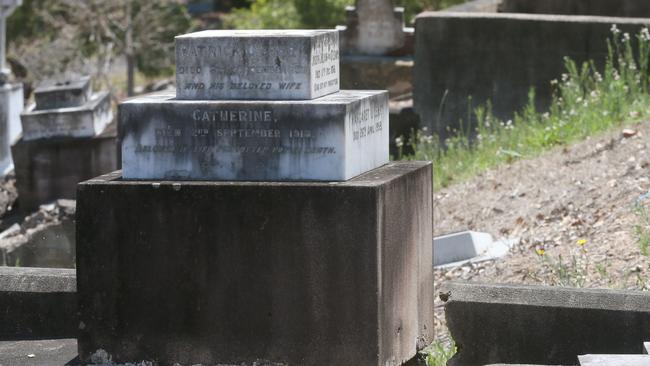
Opinion
Don't miss out on the headlines from Opinion. Followed categories will be added to My News.
HIGH on a hill in Toowong cemetery, one of the grim gravestones once bore the likeness of a notorious murderer.
It has since been desecrated but the image scratched into the sandstone memorial was that of a caped-man raising a dagger.
Walter Porriott, who was buried in the grave in 1952, was a convicted killer and conman, and relatives also suspect he was the monster responsible for a string of grisly, unsolved murders on the fog-shrouded streets of London; crimes so heinous that just the mention of the killer’s nickname still evokes fear. Jack the Ripper.
This week in 1888, the Brisbane Courier began a series of reports on the vicious murder spree that baffled police and shocked the world.
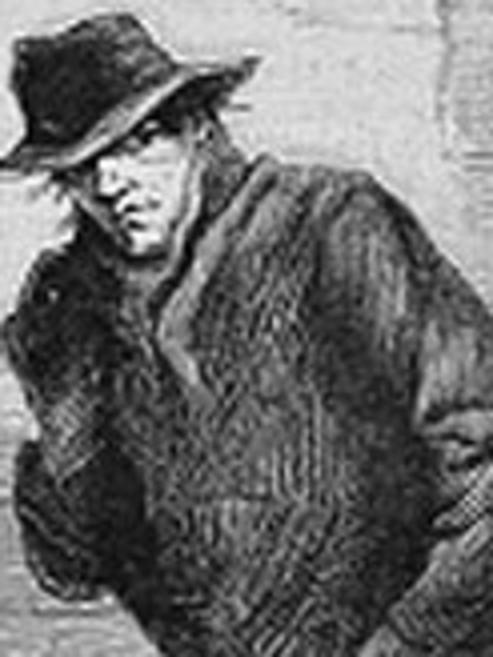
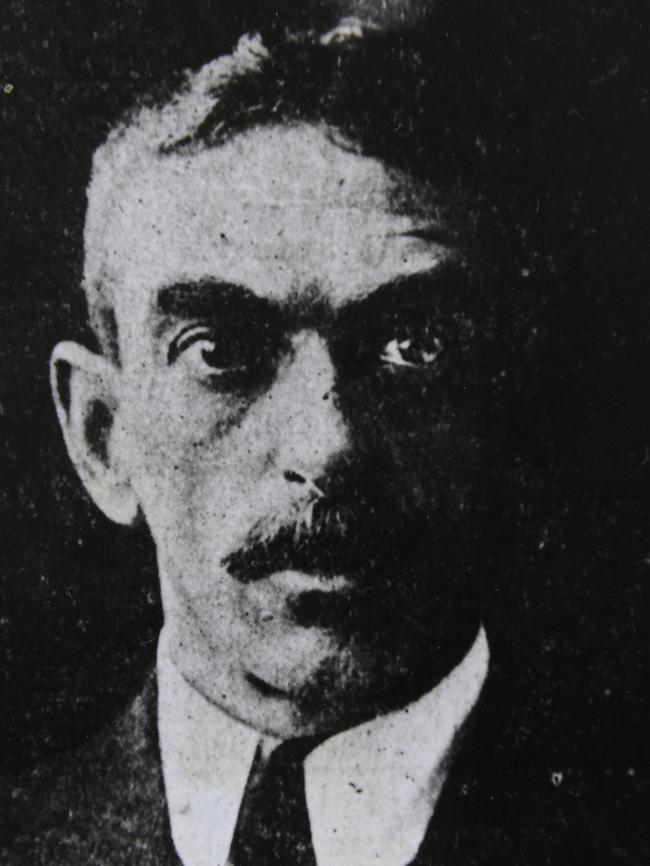
On September 8, 1888 the Courier’s London correspondent informed Queensland readers under the headline “Murders in Whitechapel’’ that “Four unfortunate women have been murdered within the past month, the victim in each case being horribly mutilated.
“It is suspected that the murders have been committed by some maniac who is at large, and there is a local panic in consequence.’’
More killings followed and soon after that article appeared, new information from a police inquest added an even more sinister twist.
The Courier reported: “The (London) coroner said he believed the murders were committed by some anatomist who was desirous of obtaining certain internal portions of the bodies for the medical exhibition to be held in America.’’
The killer preyed on destitute prostitutes trying to stay alive in the slums of London’s East End.
The name “Jack the Ripper’’ was seized upon by journalists after a letter bearing that name arrived at London’s Central News Agency addressed to “Dear Boss’’ and declaring “I’m down on whores and I shant (sic) quit ripping them until I get buckled ... I love my work and want to start again.’’
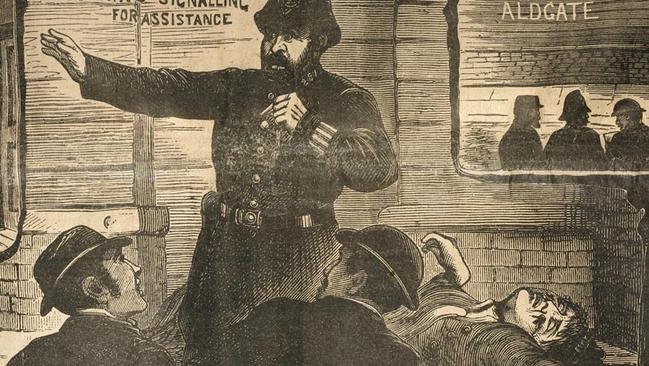
George Lusk of the Whitechapel Vigilance Committee, also received a letter, supposedly from the killer, which began “From Hell” and included half of a preserved human kidney.
While there were many other savage murders in London at the time, five women were thought to be victims of the Ripper. Mary Ann Nichols’ mutilated body was discovered early on August 31, 1888.
Annie Chapman’s was found eight days later. At her inquest, one witness described seeing Chapman, just before the murder, with a dark-haired man of “shabby-genteel’’ appearance.
Elizabeth Stride and Catherine Eddowes both died early on the morning of September 30, 1888. Eddowes’ body was missing her left kidney and other organs.
Mary Kelly’s disembowelled body was discovered lying on her bed on November 9. Her heart and other organs had been taken.
Police surgeon Thomas Bond was asked to piece together a summation of the killer’s character and came up with an early criminal profile. He said the killer must have been a man of solitary habits, subject to “periodical attacks of homicidal and erotic mania’’.
Sydney man Steve Wilson once told me his great-grandfather Walter Porriott, buried in that desecrated grave in Toowong cemetery, “had a pathological hatred of prostitutes’’.
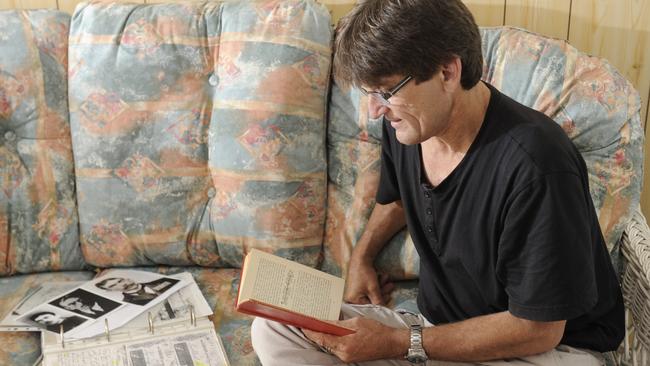
Porriott was a teenager in England when all five murders were committed and sailed from England to Australia a few hours after the mutilated body of Mary Kelly, the Ripper’s final victim, was found.
For much of his life, Porriott (also known as Andrew John Gibson) posed as a doctor and knew about anatomy. As an old man he served 10 years for manslaughter.
He is buried with his wife Eliza “Bessie’’ O’Leary, but was so hated by the O’Leary family his name does not appear on the headstone.
Wilson told me he had a copy of a bad cheque Porriott wrote in 1892 and he had compared the handwriting to the “Dear Boss’’ letter. He said the handwriting was a dead match.
Email grantlee.kieza@news.com.au
Grantlee Kieza’s new book, The Hornet, written with Brisbane’s world boxing champ Jeff Horn, will be released on October 23.

